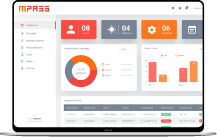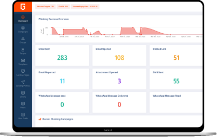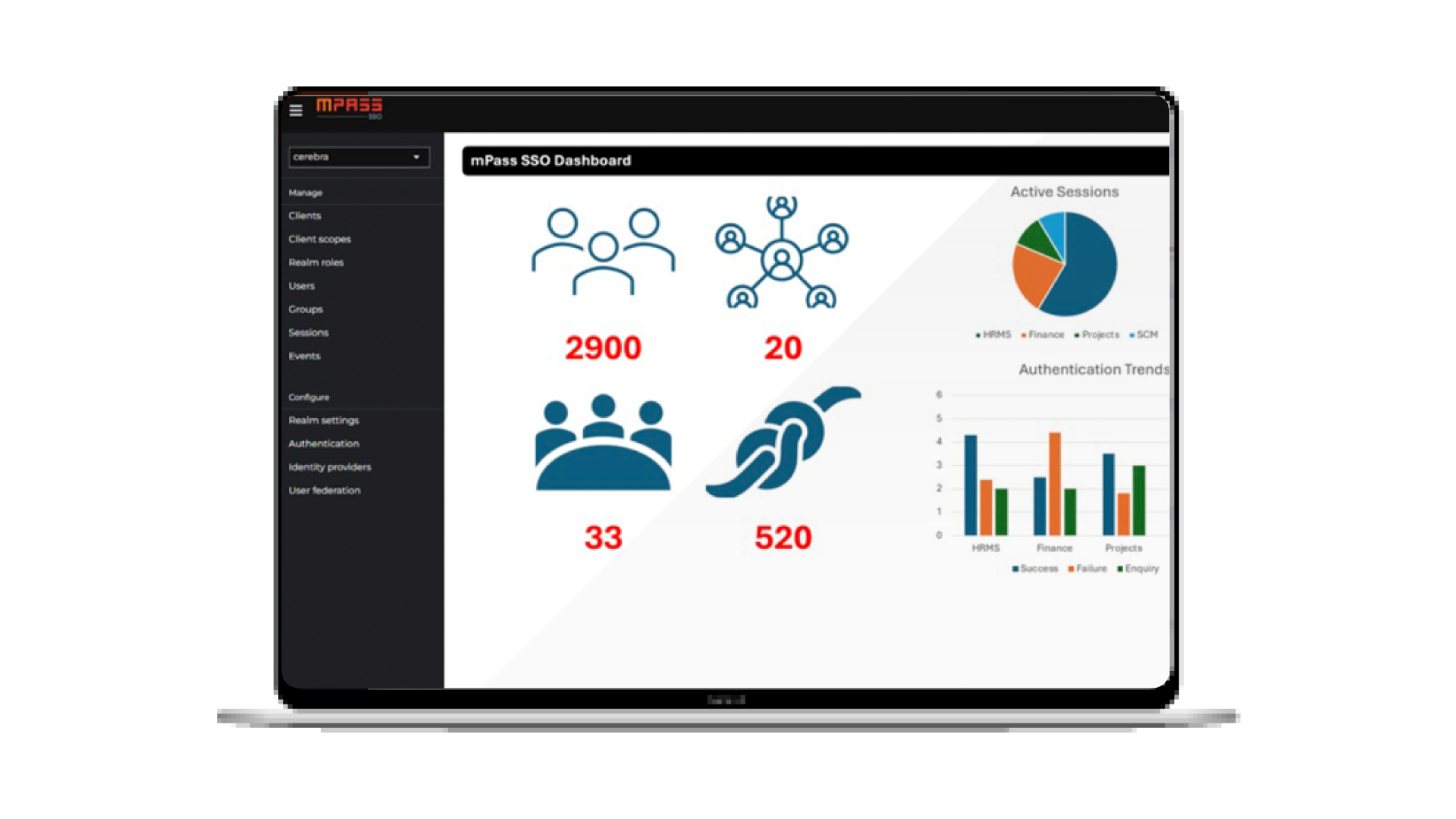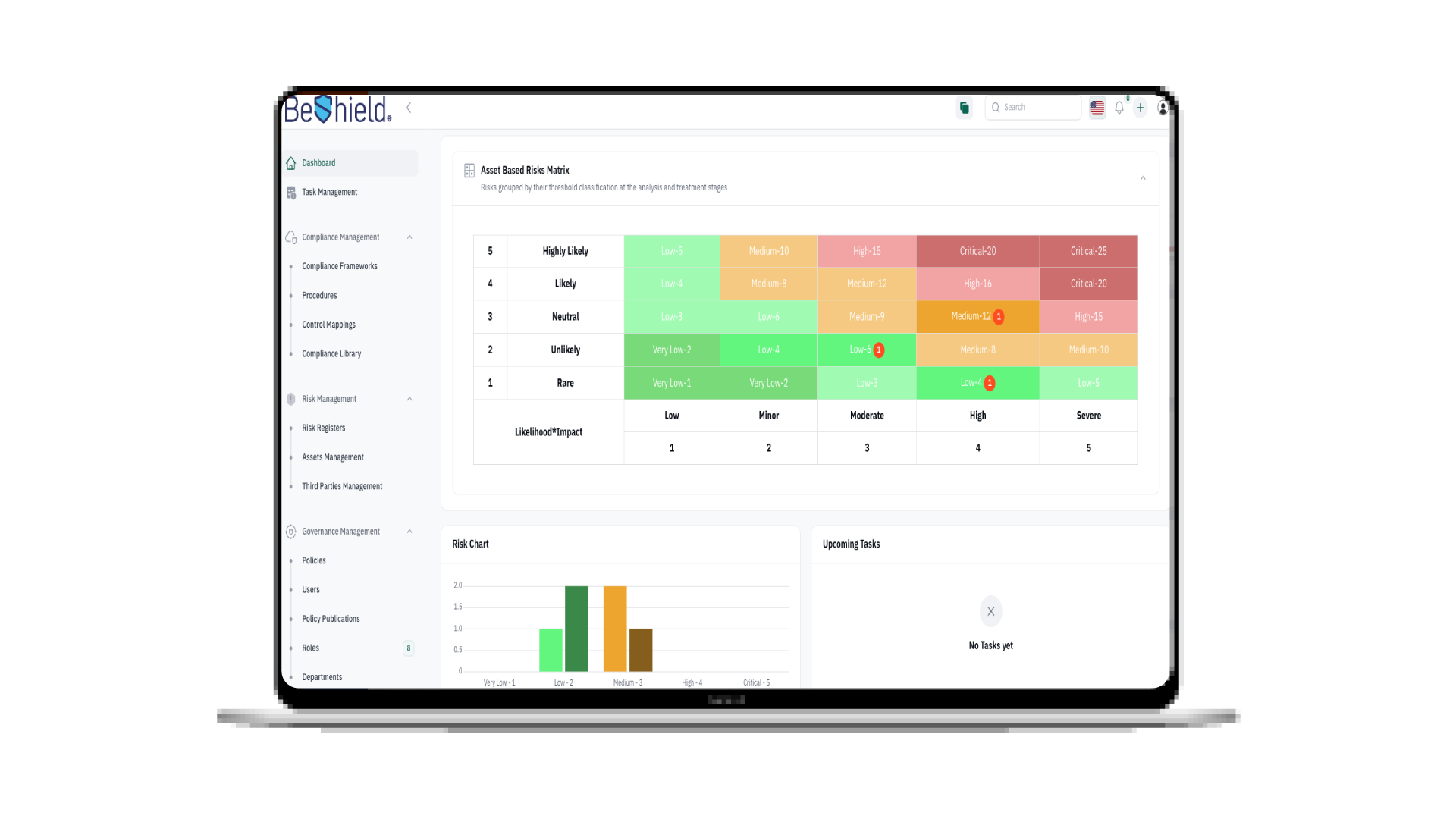In the era of advanced technologies, especially with the explosive adoption of Large Language Models (LLMs) and Generative Artificial Intelligence (GenAI), deepfake has emerged as one of the most significant challenges in cybersecurity.
This technology relies on Artificial Intelligence, specifically deep learning and the use of GenAI, to create fake yet highly realistic content that is difficult to detect.
Deepfake serves as a versatile tool spanning applications from entertainment to cybersecurity.
However, its misuse can pose severe risks, especially in phishing schemes.
What is Deepfake?
Synthetic media refers to a technology that leverages deep learning algorithms to create fake videos or audio recordings that appear authentic.
It involves training artificial neural networks on massive datasets, including voices, images, and videos of targeted individuals, to mimic them with high precision.
The result is content that is virtually indistinguishable from reality.
Deepfake in Phishing
Phishing schemes involving fabricated content represent a sophisticated threat where attackers use fake audio or video clips to deceive victims.
Common tactics include:
Fake Voice Calls: Mimicking voices of trusted figures like executives or government officials to extract sensitive information or request financial transfers. Attackers use advanced software to analyze original voices and generate similar-sounding audio for specific messages.
Fake Videos: Convincing victims they are interacting with a trusted individual or receiving instructions from an authoritative figure. These videos can replicate facial expressions, gestures, and voice tones, making them appear highly credible.
Deepfake-Embedded Messages: Sending content embedded with fake elements to direct victims to malicious links or request financial transfers. Such messages may include attached audio or video clips to enhance credibility and increase the likelihood of compliance.
Effects of Deepfake
Identity Impersonation: these tools can be used to impersonate influential figures, leading to significant financial losses. For instance, attackers might use fake voices or images of company leaders to request fund transfers or access confidential information.
Spreading Misinformation: edited videos can serve as powerful tools for spreading falsehoods and misinformation, damaging the reputation of individuals or companies and even swaying public opinion on critical issues.
Market Manipulation: Fake news generated through manipulated media can cause unexpected fluctuations in financial markets. For example, a fake video of sudden announcements by economic officials might lead to drastic stock price movements.
Real-Life Examples
In 2023, a notable incident involved the use of fabricated audio to impersonate the voice of a company executive, resulting in the transfer of hundreds of thousands of dollars to an attacker’s account.
Fake videos have also been used to influence public opinion or deceive individuals into participating in fraudulent transactions.
Such incidents can have long-term negative impacts on the reputation of individuals and organizations, as well as erode public trust in online information.
How to Protect Yourself Against Deepfake Phishing
To counter the risks posed by these advanced tools, several strategies can be adopted:
Technical Awareness: Individuals should understand how to differentiate between real and fake content, though it might be difficult nowadays with the advent of Large Language Model (LLMs) and GenAI. This requires familiarity with synthetic media technology and a cautious approach to content that seems overly perfect or unusual.
Using Advanced Detection Tools: on the other hand, AI-powered tools can identify fabricated content by analyzing visual and audio elements.
These tools detect inconsistencies or subtle signs invisible to the naked eye.
Verifying Sources: Never trust content or requests without directly verifying their source, especially if they involve sensitive information or financial transactions. Always contact the individual or organization through a trusted channel to confirm the authenticity of requests.
Collaboration with Cybersecurity Experts: Organizations should train their staff and equip them with knowledge to detect and handle threats. Experts can develop tailored security strategies, including regular updates to software and security policies.
Future Technologies in Combating Deepfake
Efforts to combat fabricated content are continuously evolving, with researchers developing advanced tools using AI to analyze videos and audio for manipulation.
These technologies can include analyzing fine details in sound or video, such as lighting, color, and contrast, to detect forgeries effectively.
Conclusion
Deepfake presents a significant challenge in the field of cybersecurity, particularly when used in phishing attacks.
By focusing on awareness and employing suitable tools, we can mitigate the risks associated with this technology and protect ourselves and our information effectively.
As technology advances, innovation in digital security becomes increasingly vital to address future threats effectively.
Share this article:
Popular

Enhancing Cybersecurity for a Leading Saudi Ministry
A prominent Saudi Arabian ministry has taken significant steps in its digital transformation journey, focusing on strengthening its cybersecurity framework while aligning with the goals of Vision 2030. In the face of challenges like outdated authentication methods, complex access environments, and strict compliance requirements, the ministry embarked on a two-phase solution to address these issues effectively. Phase One: Implementing Cerebra mPass MFA The first phase of the solution introduced Cerebra mPass Multi-Factor Authentication (MFA), designed to offer a more adaptive, user-friendly approach to authentication. This system enables seamless access controls for users while enhancing security through multiple layers of verification. ...
26th May 2025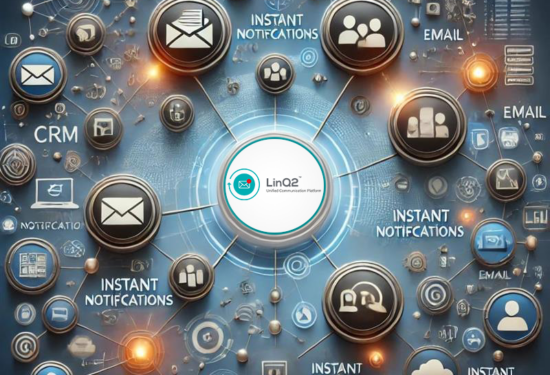
Revolutionize Enterprise Communication Platform with LinQ2
Revolutionize Enterprise Communication Platform with LinQ2 In today’s fast-paced business environment, enterprise communication platform is the backbone of success. Whether reaching customers, coordinating with employees, or automating notifications, having an effective enterprise communication platform is essential. Cerebra’s LinQ2 stands out as the ultimate solution, offering a multi-channel notification platform tailored for businesses of all sizes. Why Enterprise Communication Platform Is Essential for Business Growth? Efficient enterprise communication platform ensures businesses can stay connected with their customers and teams in real time. Poor communication systems often lead to missed opportunities, customer dissatisfaction, and delays in internal operations. Key Features of LinQ2 ...
11th Mar 2025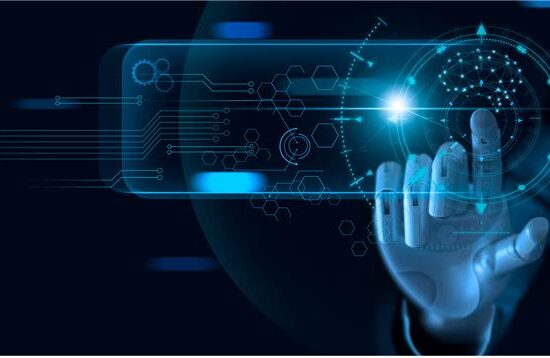
AI Governance: Opportunities and Challenges in Cybersecurity
AI Governance: Opportunities and Challenges in Cybersecurity With the increasing reliance on AI technologies in various fields, AI Governance has become a key factor to ensure system integrity and data protection. This governance plays an essential role in enhancing confidence in modern technology and ensuring that it is used responsibly. It has been almost two years since OpenAI’s ChatGPT went viral, igniting widespread interest in artificial intelligence (AI) and setting off a wave of technological and investment growth in the field. Academic and technical investments in artificial intelligence: The advancements in AI since then have been staggering, with exponential increases ...
14th Nov 2024
Cyber Warfare Unveiled: Tracing the Journey from Espionage to Digital Combat
“Cyber Warfare: From Espionage to War A Journey Through Time” With the massive technological advancements, the boundaries of warfare have expanded to encompass cyberspace, where “cyber warfare” has emerged as an increasingly serious threat to individuals, institutions, and countries. The line between cyber and traditional wars has blurred for a while but recent activities in the region made it clear that cyberwars is becoming a dangerous and can lead to harming humans. In this blog, we will dive into a journey through the world of cyber warfare, seeking to understand its nature, history, impacts, types, evolution, and some solutions to ...
9th Oct 2024
Keeping Our Kids Safe Online
A Guide For Keeping Your Kids Safe Online Parents and all who are concerned about the well-being of our young kids in this digital world. Today we will discuss a topic of utmost importance: digital safety for kids. Yes, the Internet can be a very dangerous place for our young kids , especially with the spread of phishing scams. So, let us dive deeper and present to you, in this comprehensive article, a comprehensive guide on digital safety for kids. What every parent needs to pay attention to. Internet risks for kids: The internet has become a big part of ...
17th Jul 2024
Could you be hacked through Slack?
Could you be hacked through Slack? The usage of collaboration platforms such as Microsoft Teams and Slack has significantly increased, with nearly 80% of employees utilizing them. These platforms are designed to be convenient and easily manageable for daily conversations within organizations. However, what makes them easy and convenient also renders them vulnerable to cyber threats and attacks. In 2021, for instance, 780 gigabytes of data from the gaming giant Electronic Arts (EA) were breached through Slack! During the same year, a security vulnerability in Microsoft Teams was exploited to launch a widespread cyber attack on ...
12th Jun 2024
Tips To Be Cyber Protected While Traveling
Goodbye worry! A safe journey in the digital world With all the modern wonders of the digital world, we trust communication technologies on our journeys. There is no doubt that the travel experience is always more beautiful and enjoyable, but it can also pose a range of risks, especially when it comes to cybersecurity. Travelers may fall victim to phishing, Wi-Fi network spying, and theft of their personal data, which can make their journey filled with worries and tension. With the increasing prevalence of cyber threats, it is essential for travelers to follow some guidelines to protect their devices and ...
1st Apr 2024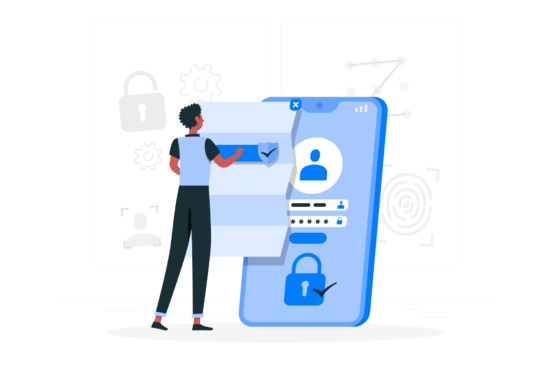
Push Authentication: A New Era in Multi-Factor Authentication
Want To Say Goodbye To Passwords and OTP Codes? Discover Push Authentication! It is easy for your password to be compromised through phishing attacks, even if it meets the cybersecurity strong password standards and is difficult to predict So we must get to know the technique of Push based Authentication. Some may recommend that you use Multi-Factor Authentication (MFA) to increase your security. Multi-Factor Authentication (MFA): MFA is the process of logging into your account through multiple steps. It requires you to enter more information, not just your password. But there is another obstacle that arises when using such ...
14th Feb 2024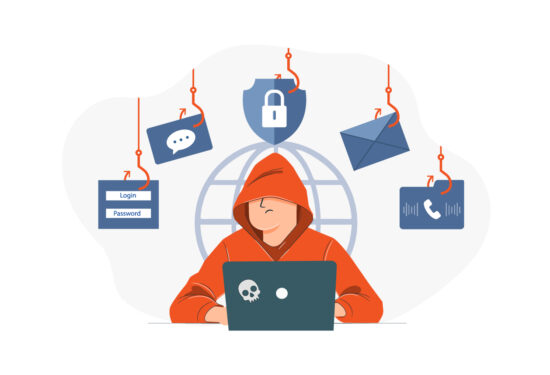
The Difference Between Phishing Attacks
The Difference Between Phishing Attacks Phishing attacks are harmful attacks used by criminals to steal personal and financial information from individuals and businesses. Attacks on individuals and businesses are becoming more common as we use the internet and technology more often in our daily lives. Phishing attacks involve the use of dishonesty and fraudulent methods to fool consumers into believing they are interacting with the trustworthiness of an unsuspecting destination, such as banks, email companies, or social media platforms. But what is the difference between phishing attacks? How can individuals and organizations protect themselves from such attacks? That is what ...
17th Jul 2023

